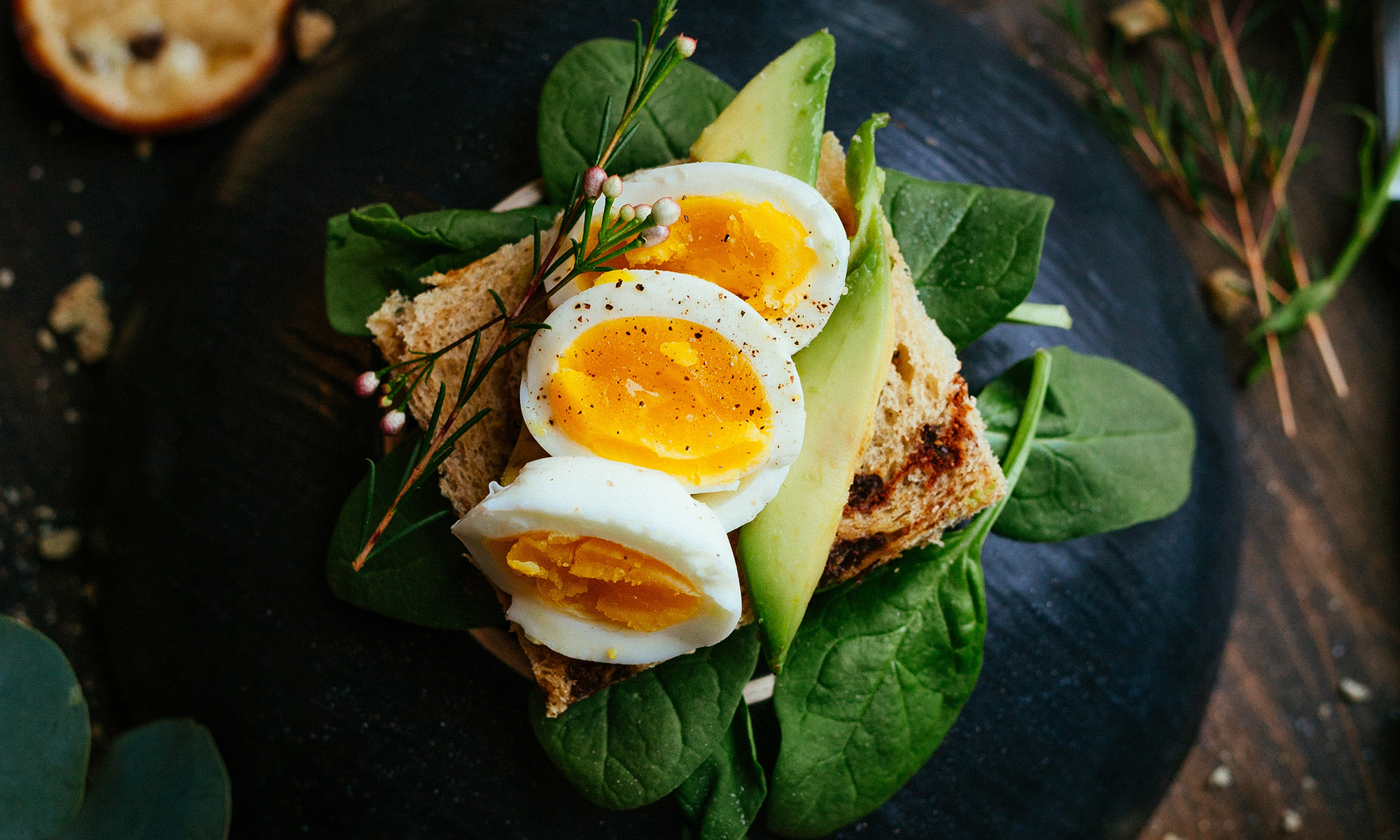
Last week, when I arrived on Brett’s farm for a visit, he announced I was just in time for a chicken matanza. Brett had decided to reduce his flock of egg-layers to a few dozen instead of a few hundred. The labor involved in raising chickens had become too burdensome, and he preferred to focus his energies on growing organic vegetables and selling them through his CSA. The few dozen remaining hens would continue to provide eggs for the family’s consumption and a repository for the non-salable produce.
Let’s be honest, killing, feathering and gutting chickens are not most people’s idea of a good time – including mine and Brett’s. But we accept this ugly truth as part of eating meat. We comfort ourselves knowing that the chickens had a good life, living in expansive coops with easy access to outdoor space – and maintaining good health from eating well, drinking clean water and breathing fresh air. And Brett shows a modicum of pride in taking the good with the bad – if he wants to enjoy humanely raised meat, then there’s a price to pay. In his case, it’s killing animals. While most people try to gloss over this fact, he accepts it as part of the process and shows gratitude to his animals for what they provide.
In Brett’s words:
All of our birds range freely on large pastures, fenced to keep the birds out of the vegetables and most predators out of the birds. Throughout their lives our animals are treated with compassion, dignity, and humanity. Our chickens eat grasses, clovers, bugs, and bushels of greens, sweet potatoes, tomatoes, melons, and other veggies that are too blemished to sell. As we cannot get organic corn in our area, we give the birds a very high-quality vegetarian grain mix (never with hormones, medications, or animal byproducts) specially formulated by us in partnership with our local Mennonite feed mill. Our birds are therefore not classed as organic—just very free range, very happy, very active, and very healthy.
Free-roaming animals, like the chickens on the farm, develop more muscles and stronger bones. This yields more flavorful meat, but also tougher. Fryer chickens typically meet their maker chef at 6 weeks, so even a free-roaming bird will still be reasonably tender. By contrast, the chickens from last week’s matanza are extra tough because they’re much older than the traditional fryer chicken: averaging 3 years.
With meat this tough, they demand a long braise to tenderize the meat. This weekend I cooked a coq au vin with one of the hens from last week’s matanza. It simmered for 5 hours, far longer than a conventional chicken recipe would suggest – or as Madeleine Kamman recommends in her recipe: 45 minutes.
Coq au Vin
(serves 4 guests)
1 old stewing hen, cut into quarters
1/4 cup flour
3 slices smoked bacon
3 tablespoons butter
1 large carrot, peeled and sliced
1 onion, peeled and diced
1 large shallot, peeled and chopped.
1 celery rib, chopped
1/4 cup garlic cloves
1/4 lb. mushrooms, quartered
1 cup chicken broth
1 – 10 oz. can tomatoes
1 bottle red wine
1/2 cup brandy
2 sprigs thyme
2 sprigs parsley
salt and pepper to taste
1. Season chicken with salt and pepper. Dust with flour. Dice bacon, and put in a large skillet with high sides. Brown bacon over high heat. Remove bacon and set aside
2. Add butter to bacon fat pan and brown the chicken (on high heat) for about 4 minutes on each side. Add onions, shallots, carrot, celery, and cook for about 5 minutes more.
3. Turn heat off, and deglaze pan with brandy and red wine. Scrap all of the browned bits off the bottom, this is good stuff. Add chicken stock, thyme and parsley. Turn heat back to high, and bring liquid to a boil. Reduce heat to simmer, [if using commercial chicken add mushrooms here]. Cover pot and put in 325 oven. After about 1 1/2 hours, add mushrooms. Cook covered for another hour or three or until meat is tender. My chicken took 5 hours.
4. Serve chicken over potato puree or with grilled bread.
